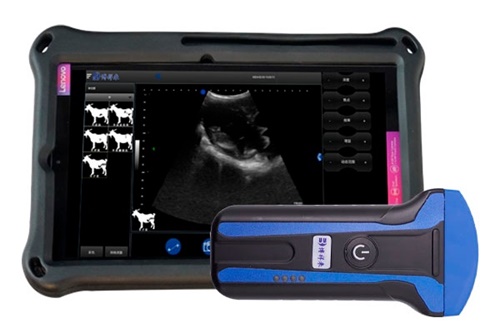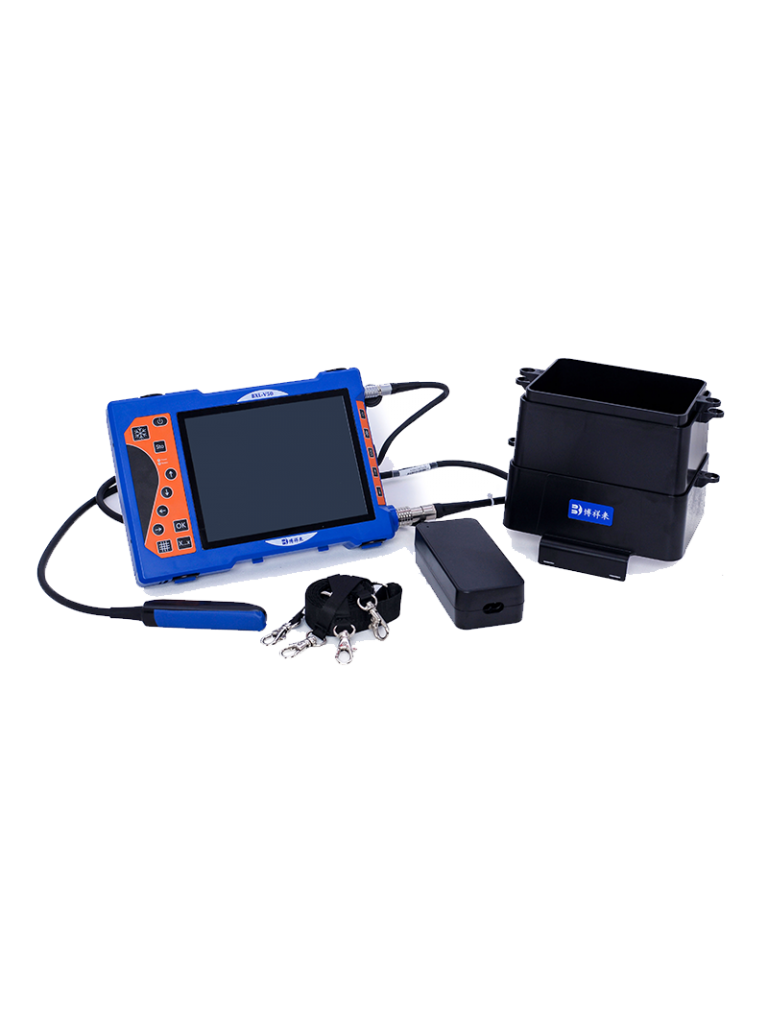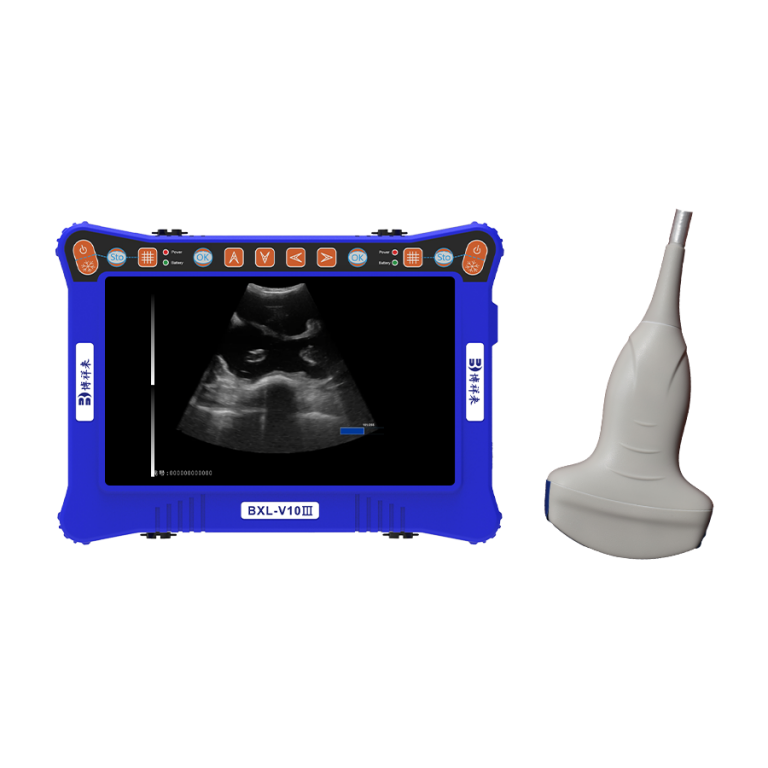Which Animals Fit Best for a Portable Convex Ultrasound Scanner?
Imagine we’re chatting over a cup of coffee, and you’re curious about using a handheld convex portable ultrasound scanner in animal care. I’d say it’s like choosing the right tool for the right job. You don’t whip out a gigantic scanner in a barn full of goats—grab that sleek, portable convex probe instead. Wondering which creatures pair best with it? Let’s walk through that together.

Thinking Out Loud About Animal Suitability
When I’m looking at animals likely to benefit most from a convex probe, I’m usually considering things like body size, typical scanning targets (like kidneys, livers, or pregnancies), and how easy it is to handle both animal and device. These scanners work great when you need a wide field of view and decent depth, but in a farm or wildlife context, you don’t want something cumbersome.
Top Contenders: Animals That Work Well with a Convex Probe
-
Dairy cows & beef cattle
They stand still enough, and you can reach common scanning sites—uterus for pregnancy checks, liver, or kidney areas. That curved probe helps with deeper penetration through thick hides and bulk. -
Sheep & goats
Smaller frames, but still enough depth for pregnancy spotting or abdominal checks. Holding them properly makes scanning with a convex probe safe and efficient. -
Pigs (especially sows)
Large-bodied sows go deep. Checking litter development or organ health benefits from that wide field-of-view, though you might wrestle more with movement. -
Horses (larger animals generally)
Not always first choice for abdominal scans using convex handheld probes—but for checking large organs (like liver or spleen), they can work. You just need space and a steady hand. -
Camelids (llamas, alpacas)
Medium-sized and typically cooperative. Scanning gestation or abdominal organs gives good results with a convex shape that adapts to their body contours. -
Large dogs (Guniea pig–sized or bigger)
Larger dogs, especially deep-chested breeds, benefit from the curved transducer. Convenient for pregnancy checks or checking organs like kidneys or bladder.
All these animals let you balance depth and field-of-view nicely with that curved head. Something smaller—like rabbits or kittens—might benefit more from a linear probe if you need fine detail on shallow structures.
Quick Overview in an HTML Table
| Animal Type | Advantage of Convex Probe | Typical Uses |
|---|---|---|
| Dairy/Beef Cattle | Deep penetration through thick hiding and body mass | Pregnancy checks, liver/kidney health, muscle assessment |
| Sheep & Goats | Compact and cooperative—good field of view with manageable depth | Pregnancy detection, abdominal scans |
| Pigs (Sows) | Penetrates deep, covers wide body area | Fetal ultrasound, organ evaluation |
| Horses | Wide field of view; works for large organs | Liver, spleen, abdominal organs |
| Camelids (e.g., Alpacas) | Curved surface fits body contours nicely | Gestational monitoring, abdominal health |
| Large Dogs | Good depth for deep-chested breeds | Pregnancy, organ checks |
Why That Natural, Curved Shape Works Better Here
Having that curved footprint means you’re not just getting deeper images—you’re also seeing a broader field. Useful when organs are tucked behind thick layers or deep inside. Plus, handheld design means you’re mobile on the field or in a stable—no need for big carts or leading devices.
One thing I’ve noticed chatting with vets: they often say that convenience is almost as important as clarity. You’re more likely to use that tool if it’s easy to carry and quick to deploy.
Final Thoughts
When thinking about which animals match well with a portable convex ultrasound scanner, just think “medium-to-large, cooperative, stuff beneath the surface.” That landscapes into cattle, sheep, goats, sows, camelids, horses, even big dogs. They offer the right balance of depth and size, and help you park the probe in the spot and get the info fast.
That said, if you’re ever scanning really small or superficial parts—like calf muscles or small exotic pets—pairing that with a linear probe might make things clearer. But for most on-the-ground vet and livestock use, that portable convex stick is often your best friend.





